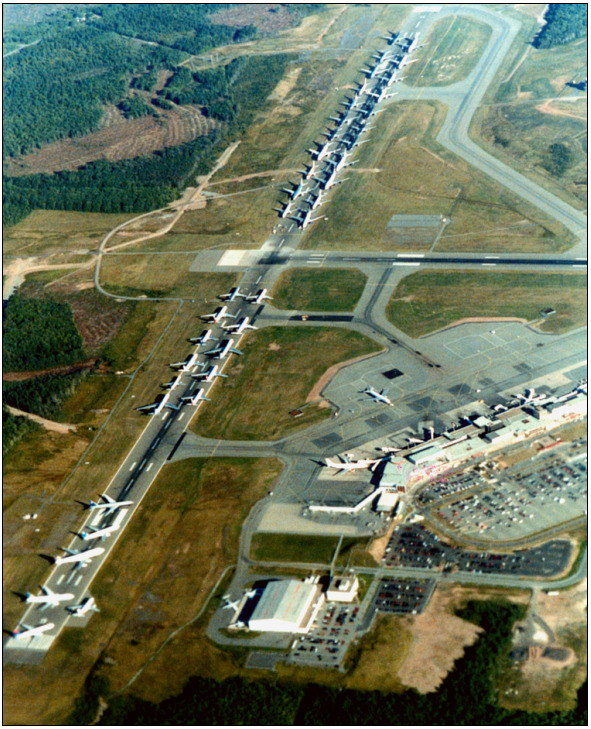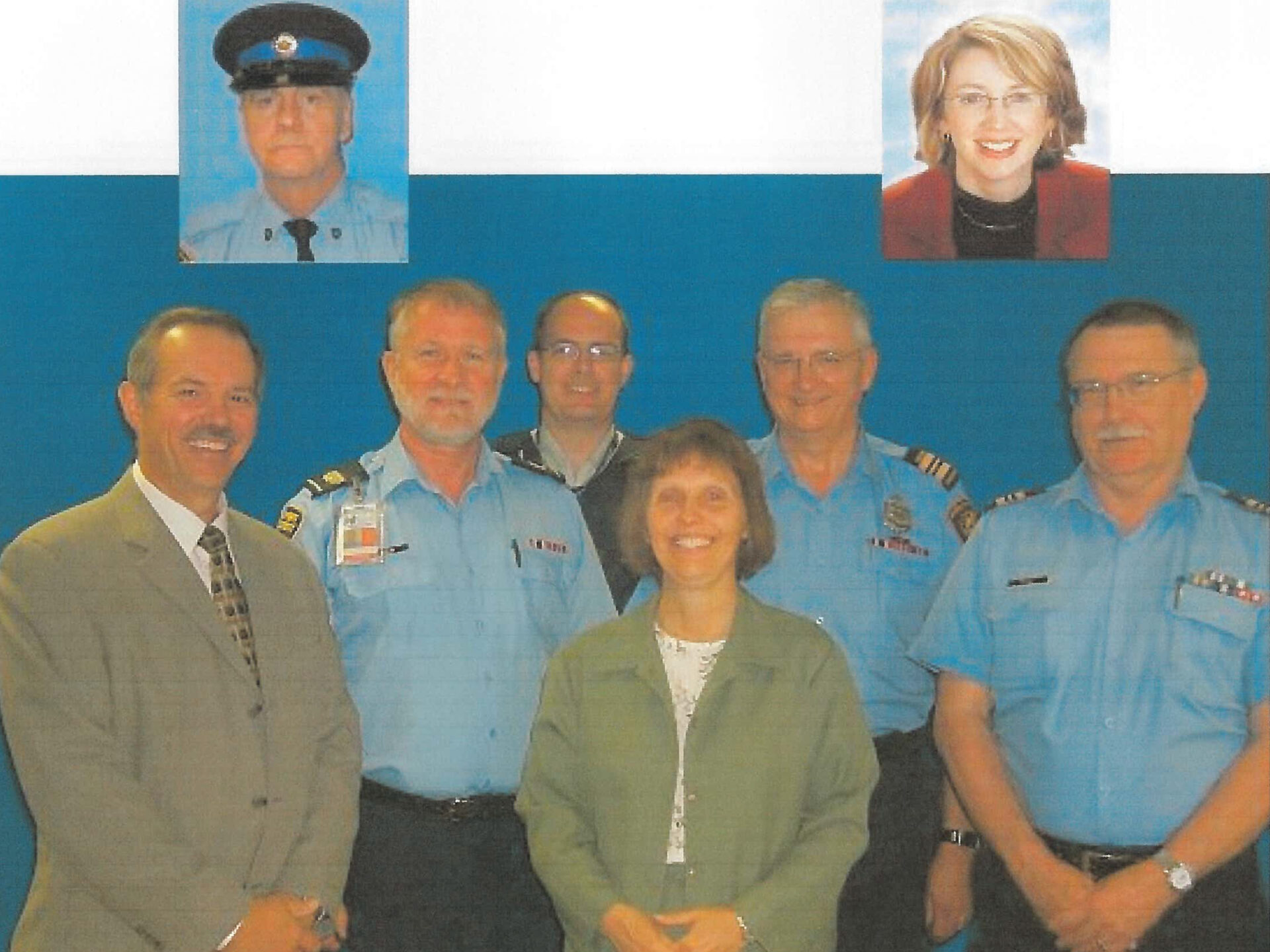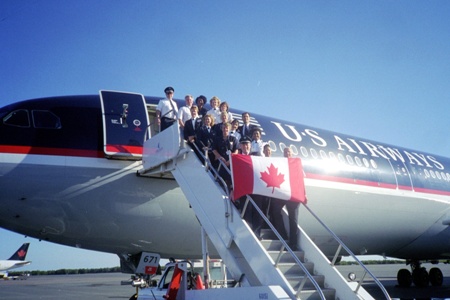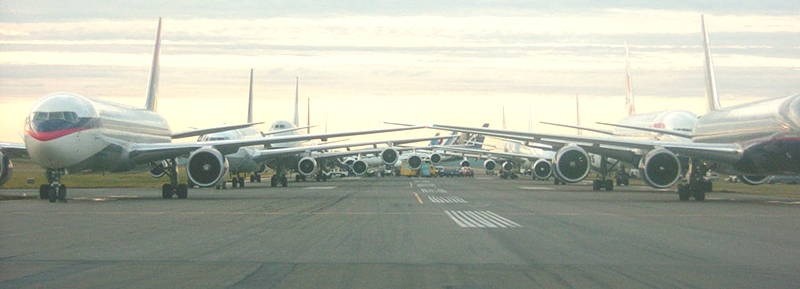September 11th, 2021
Major (Ret’d) J. (Joe) M. McLaughlan, OMM, CD recalls what it was like to oversee airport security on the day that “forever shattered our thin veneer of invulnerability.”

Joe McLaughlan was the Commissionaires Site Manager at Halifax Stanfield International Airport the day two hijacked planes hit the World Trade Centre in New York City. The former Canadian Armed Forces officer remembers walking past the airport’s Legends Bar on September 11, 2001, when he noticed a TV screen showing black smoke billowing from one of the Twin Towers. He stood watching, only to witness minutes later a plane collide with the second tower.
“After that, I almost remember nothing of that day, it was so hectic,” said McLaughlan, before turning to entries in his journal to recall events twenty years on from the act of terrorism.
“All hell broke loose at the airport. We were told that we were going to be getting many, many flights vectored in based on the grounding of all aircraft in North America.”
A trained military veteran, McLaughlan was uniquely equipped to handle the events that unfolded on 9/11. He spent the first 17 years of his career as a police operations officer, before moving into police training and base security. In 1996, he joined Commissionaires Nova Scotia, a not-for-profit that began providing security services to Halifax Stanfield during the airport’s construction. By 2001, the security detail provided by Commissionaires had grown to nearly 200 people – all of whom were under McLaughlin’s watch on the day of the terrorist attacks.
Airport records show that Halifax Stanfield received its first diverted aircraft, a United Airlines 767, at approximately 11:35 a.m. on September 11, 2001. The airport would go on to welcome a total of 40 aircraft carrying some 8,000 passengers – representing the greatest number of aircraft received by any airport in Canada. An entire runway, 15/33, was closed to accommodate aircraft parking, with planes from around the world lining up nose-to-tail. The threat of additional acts of terrorism meant that passengers and crew aboard the planes could not disembark until each aircraft had been thoroughly inspected.
“Many problems arose during this time – principally among them was First Aid calls. The air conditioning systems (on the planes) had shut down and it was warm outside, so that was big,” said McLaughlan.
“We were fully engaged with the RCMP and the Halifax Regional Police in dealing with all of the issues that happened all that day. I do recall shortly after the airplanes started to arrive and we started to realize the jobs that had to be done, we ran out of people.”
A Call to Action

At Commissionaires sites across Nova Scotia, supervisors and staff were learning of the Twin Tower attacks from the news. One such supervisor was Gerry Parris, who started working for Commissionaires in 1999 after serving in the Gulf War during Operation Desert Storm. He was the Ops Centre Supervisor overseeing the Macdonald Bridge on 9/11 and remembers exactly where he was when he first learned of the attacks.
“We came into our office around 2 p.m. and the television was showing planes crashing into the World Trade Centre,” said Parris, who now works in Commissionaires’ head office as HRM District Manager.
“We thought it was live, but it was a recording. About five minutes later, an email came in from the safety officer and it was a general call for anybody who was available to come to the airport.”
“We had just finished our 12-hour shift and said, ‘we’re going’.”
Parris and his colleague were two of about 70 commissionaires from other sites who rushed to the airport to take part in the emergency response. He recalls being assigned to crowd control, tasked with providing instruction and support to people coming off planes. Passengers began deplaning around 3:30 p.m. on 9/11, with the last aircraft deplaned at approximately 4 a.m. on September 12, 2001. Parris worked 25 hours straight, having started his shift at the bridge at 3 a.m. on the day of the attacks. In recognition of his service, Parris received a signed memo of appreciation.
A Ground Response Like None Other
Once passengers disembarked, they needed to go through customs and be brought downtown to Halifax, where high schools, arenas, and recreation facilities were being used as temporary accommodations. The ground transportation plan devised to shuttle passengers was like that used in 1998, when Swissair Flight 111 crashed off Halifax’s shores. Halifax Stanfield received hundreds of international families in the wake of that accident.

A total of 60 Halifax city busses were used on 9/11, with 20 assigned to the runway, 20 assigned to the airport entrance, and 20 assigned to the airport parking lot. Passengers left the runway on one of the airside busses, before boarding one of the airport entrance busses to go downtown. Once a bus left for Halifax, it was replaced by a bus from the parking lot.
“This was a continual management of 60 buses for almost 24 hours. And those buses had breakdowns, they had to be refuelled, all kinds of things,” said McLaughlan.
“The commissionaires handled all of that. One of the big things we had going for us was our military background. Many of the people who worked for us had a lot of experience in dealing with these types of emergencies.”
A total of 50 people with a military background applied to join Commissionaires in the year of the Twin Tower attacks. The strength of the organization ultimately increased by 160 positions, growing total employment to 1,264 that year. Today, Commissionaires is home to roughly 1,400 employees.
The Days Immediately Following 9/11
Within days of 9/11, McLaughlan recorded in his journal that Transport Canada had come out with 243 new security regulations. He states that all entrances to restricted airport areas suddenly needed to be staffed by a security guard, a single change that would require McLaughlan to double his security detail. Another new regulation required the inspection of all vehicles entering an airport restricted area. The new rules were strictly enforced and greatly increased the time it took to process passengers, recalls McLaughlan.
“The regulations were absolutely, 100% enforced and if you broke any of them, chances are you were going to get fired or a monetary fine,” he said.
“Everything slowed right down, each (boarding) pass had to be manually checked, now it’s all done by biometrics.”
It took two days before vectored flights started moving out of Halifax Stanfield, with the first diverted aircraft leaving the airport at approximately 3:40 a.m. on September 13, 2001. The final diverted aircraft departed at 11:29 a.m. on September 15, 2001.

In the months that followed, emotions brought on by the events of 9/11 stuck with commissionaires, many of whom had served overseas and knew the conflict in the Middle East well. The sentiment was summed up in the particularly poignant Christmas message of Colonel T.P. Haney, who served the role of Commissionaires Commandant (now known as CEO), in December 2001.
“In thinking over the past year, it really is impossible to ignore the tragic terrorist strikes against the West carried out on 11 September. With a bold and well-calculated operation, the forces of Osama bin Laden forever shattered our thin veneer of invulnerability overnight. Security moved up to the front burner from where it had been languishing as a ‘necessary evil’ for generations. Our Commissionaires responded with vigour as we answered the urgent requests for beefed up security at the airport, and naval and military installations around the province.”
He concludes his message with “…thank God and our Veterans that we live in this blessed country.”

